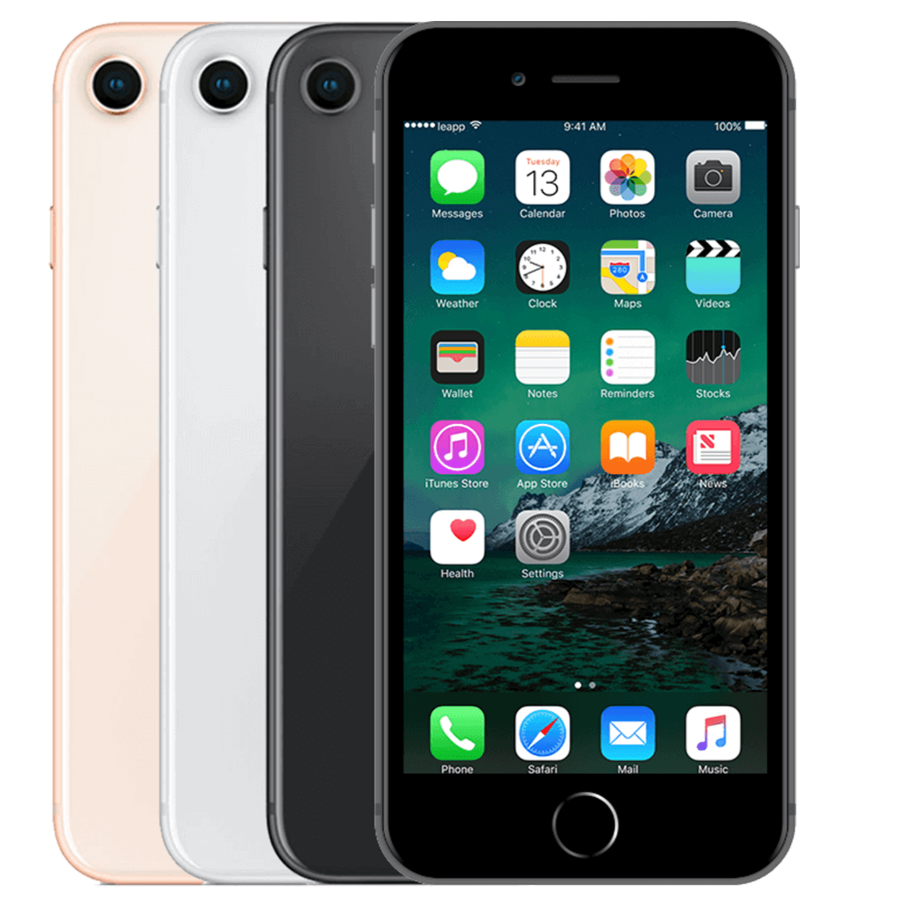Lidar in your iPhone: The reality behind the hype
Lidar in your iPhone. Sounds impressive. Professionals swear by it for measuring spaces. App developers promise millimeter precision. Apple calls it revolutionary. But how accurate is that in reality?
Tests show that the scanner measures accurately to within 1-2 centimeters under ideal conditions. However, practical experience shows that the technology truly shines where you least expect it: not when measuring your living room, but when placing virtual accessories in your space via AR. Or when testing how AirPods sound in different acoustic environments using spatial audio apps.
Lidar's true power lies not in perfect measurements, but in the speed with which your phone understands depth. That's the difference between a stuttering app and one that runs smoothly.
Useful links:
What exactly does Lidar mean for your iPhone?
Lidar stands for Light Detection and Ranging. This technology emits invisible pulses of light that bounce back when they strike objects. By measuring the time it takes for the light to return, the scanner calculates precisely how far away objects are. In your iPhone, this happens thousands of times per second, creating a detailed depth image.
The scanner is integrated into the camera system on the back. The small black circle next to the camera lenses is the Lidar module. It works effectively up to a distance of about five meters, although the system can reach further under ideal conditions.
The actual accuracy in figures
Independent tests show that the Lidar scanner achieves an accuracy of:
- 1-2 centimeters for measurements up to 2 meters away
- 2-5 centimeters for measurements between 2 and 4 meters
- 5-10 centimeters for measurements above 4 meters
These figures apply under good lighting conditions and flat surfaces. However, in practice, several factors influence accuracy. Shiny surfaces, dark materials, and moving objects result in less reliable measurements.
Which iPhone models have Lidar?
Not every iPhone has this technology. Apple first introduced Lidar in 2020. The following models are equipped with a Lidar scanner:
- iPhone 12 Pro and Pro Max
- iPhone 13 Pro and Pro Max
- iPhone 14 Pro and Pro Max
- iPhone 15 Pro and Pro Max
- iPhone 16 Pro and Pro Max
The standard and SE models do not have this feature. This makes the Pro models attractive for professionals who use the scanner regularly.
Practical applications where Lidar really makes a difference
Augmented reality without delay
Lidar's greatest strength lies in augmented reality applications. Where older models take seconds to scan a room, a Lidar-enabled device does so almost instantly. Placing virtual furniture via the IKEA app is more seamless. Gaming apps like Pokémon GO respond more directly to your surroundings.
Photography with better depth of field
In portrait photography, the scanner helps to more accurately separate the subject from the background. This results in more natural bokeh effects. Even in dim conditions, the camera focuses faster thanks to the additional depth information.
Measuring apps for everyday use
Apple's Measure app uses Lidar to determine dimensions. This works well for quick estimates. Measuring a cabinet for a new location, checking the height of a doorway—these tasks are quick and easy. However, for professional drawings, a traditional measuring method remains more accurate.
Restrictions you should know
Lidar has its limitations. Transparent surfaces like glass are often missed. Black materials absorb light, making measurements unreliable. In bright sunlight, accuracy decreases because the scanner's infrared light is drowned out.
The angle at which you measure also plays a role. Perpendicular measurements yield the best results. Precision decreases at an oblique angle. Professional measuring equipment remains essential for architects and contractors who perform millimeter work.
Comparison with other measurement technology
Compared to a professional laser distance meter, the iPhone scanner loses out on pure precision. A construction laser measures with millimeter precision over tens of meters. The Lidar in your phone achieves centimeter precision over a few meters.
But the iPhone wins in terms of ease of use and versatility. You always have your measuring instrument with you. The results are instantly visible on the screen. You can save, share, and annotate measurements. For most consumer applications, the accuracy offered is more than sufficient.
Tips for more accurate measuring
Want to get the most out of your Lidar scanner? These practical tips will help:
- Measure in daylight but avoid direct sunlight on the object to be measured.
- Keep the phone stable while measuring
- Start a calibration by slowly moving the phone around
- Measure perpendicular to the surface for best results
- Verify important measurements with a second measurement
- Use reference points such as corners and edges
The future of Lidar in smartphones
Apple continues to develop the technology. Rumors point to improved scanners with greater range and higher resolution. Versions may also be released that fit standard iPhone models.
Other manufacturers are also experimenting with this technology. Samsung and Google are exploring similar solutions. Depth sensing is expected to become standard in premium smartphones.
For now, Lidar remains a distinguishing feature of the Pro models. The technology proves its worth primarily in specific scenarios. For general use, it's a handy extra, and for certain professionals, a valuable tool. The promised millimeter precision proves more nuanced in practice, but the speed and ease of use more than compensate for this.
The Practical Value of iPhone Lidar
The Lidar scanner in your iPhone proves to be a practical addition, not a miracle cure . It works well for quickly measuring a space or placing virtual objects, but don't expect millimeter precision.
The real added value lies in the speed with which apps can determine depth – this makes augmented reality smooth and portrait photos more natural. Professionals who need precise measurements still rely on traditional measuring equipment.
For the rest of us, Lidar is a handy feature that makes everyday use a little smarter, without you even being consciously aware of it.


























